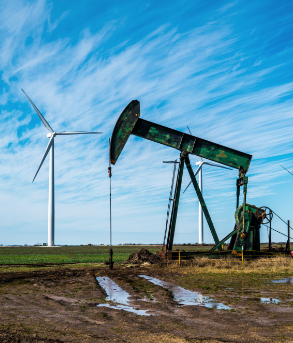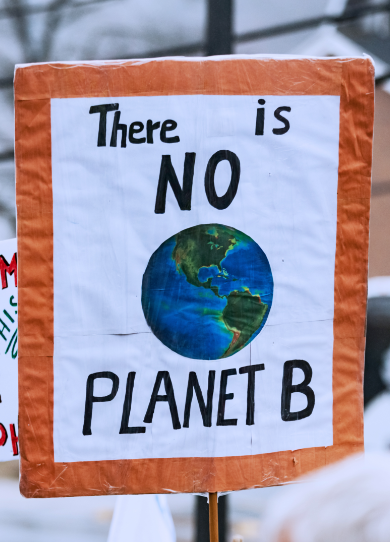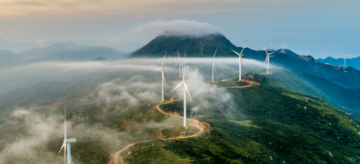What does the future hold?
More claimants, more funding and more creative legal strategies all add up to a complex litigation environment for business, write partners Jonathan Isted and Tim Wilkins.
The litigation landscape is developing quickly. As the data in Climate-related litigation by numbers shows, the number of climate-related claims against business is rising. Alongside the increasing volume of suits, the general outlook is more complex than ever, with new litigants emerging, greater litigation funding available and claimants deploying more creative legal strategies in pursuit of their goals.
The claims that have been brought against companies can, in the main, be bracketed into three groups. The first are common law tort and public nuisance cases of the type that emerged in the US around 20 years ago and have since begun to spread around the world. The underlying basis for these claims has morphed over time, but they are primarily designed to hold companies accountable for allegations surrounding their past environmental conduct. With some exceptions these suits have failed to progress beyond initial hearings. In the US this is largely because of the legal principle that federal law and regulators like the Environmental Protection Agency take precedence over state legislation, and because the US courts view the issue of climate change as a matter for government policy. In other countries, litigants have generally been unable to satisfy the causation and other legal tests required to bring these types of claim.
The second group are more recent and take aim at future corporate (and state) conduct, for example by demanding improved disclosures around climate-related risk and/or changes in strategic direction in relation to carbon emissions. On paper these claims may be more attractive to claimants and their funders – although they still face very substantial hurdles – because they do not require litigants to satisfy strict causation tests.


The third group involve challenges to the granting of industrial permits on the grounds that climate change impacts (for example Scope 3 emissions) have not been properly taken into account. These are less high profile than the first two groups, but nevertheless have the potential to be significant.
No longer, too, is it just NGOs bringing claims. We have seen individuals launch shareholder suits, while institutional investors are adding their voice to calls for greater transparency.
Claims and investigations are also emerging that test constitutional laws and statutes with no direct link to climate change. While not aimed at business, the case launched by Greta Thunberg and 15 other young people at the UN Climate Summit is an example of this trend, targeting as it does five governments over their environmental performance by reference to their obligations under the UN Convention on the Rights of the Child.
How might the litigation landscape develop over time? We can expect more ‘behaviour-moderating’ cases, with litigants expanding the scope of their emissions-reduction claims beyond corporates’ direct revenue-generating activities into things like business travel, procurement practices and water use. Shareholders, too, are likely to play an ever-more vocal role in the climate debate as they seek to protect long-term value. And the battle to land a tort-based claim has not gone away, however big the hurdles to success. Corporates need to be nimble and prescient in how they approach these evolving litigation challenges, in terms of both anticipating where the next wave will come from and developing ‘best-in-class’ defensive strategies in response.



